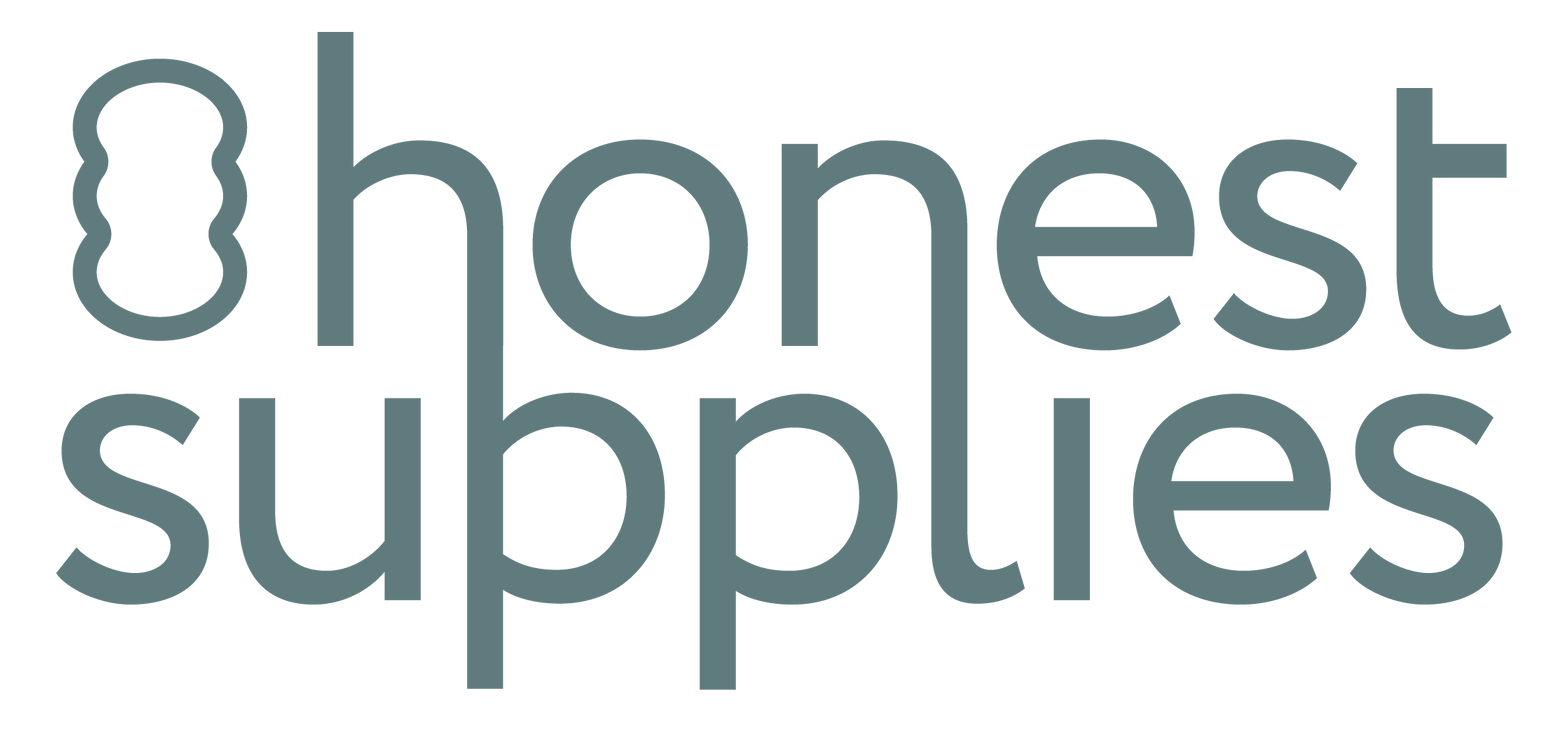- #1 RATED UK MADE BY ETHICAL CONSUMER

Net Zero or Carbon Neutral -What’s the Difference?
October 11, 2022
5 Winners of the First Earthshot Prize 2021
November 8, 2022What is Plastic Free July?
May 25, 2022

There are a lot of terms used by businesses & organisations across the planet that sound the same, or can make it confusing to understand just what they are trying to do for sustainability and the planet. It’s confusing for us who have done the research, so how is anyone else expected to understand?
At Honest Supplies we want to help you cut through the jargon and understand what the terms mean. As only by understanding the climate crisis can we act together and make real change.
Carbon Neutral, Carbon Offset, Climate Neutrality, Negative Emissions, & Net Zero Emissions. They all sound the same but they do mean different things, and require massively different amounts of effort to achieve.
To understand these terms, we first need to take a step back and look at what lies at the heart of all of them; Carbon Footprint, Greenhouse Gases (GHG) & Carbon Dioxide Equivalent (CO2e).
Greenhouse Gases are those gases that make up our atmosphere that absorb and emit radiation. As the sun shines through during the day it warms the earth's surface, and then during the night, that heat is released by the surface back into the atmosphere and into space. However some of that heat is trapped in the atmosphere by those greenhouse gases. The main gases that trap this heat caused by human activity is Carbon Dioxide or Carbon Dioxide Equivalent. CO2e is the measurement that's used by governments and environmental organisations to compare the climate impact of various types of greenhouse gases. Carbon Footprint refers to the total amount of greenhouse gases released by a business, organisation or country over a given period of time, usually one year, and measured in CO2 or CO2e.
Plastic free July started only 10 years ago by a few people in the local government based in Western Australia and has grown to be one of the most influential environmental campaigns in the world with a simple idea, to rid the world of plastic waste. By 2050, plastic usage is set to quadruple and recycling just won’t solve the problem. Last year it was estimated that there were 326 million participants and reduced their plastic waste by 21kg per person per year.
A recent IPSOS study showed that of around 20,000 people that were surveyed, only 29% were actually aware of the challenge, and of that 29%, only 45% actually took part. This shows that whilst the challenge is gaining momentum, there is still a lot to do to really increase the reach of Plastic Free July, and that’s where business, local governments and consumers need to spread the word and encourage friends and family to take part.
Consumers are now starting to influence product packaging, and 35% of them now want to purchase plastic free products compared to a product that uses recycled plastic. As consumers we are making progress with the reduction of plastic in our purchases by re-using plastic shopping bags, making more use of aluminium water bottles, and storing food in containers rather than cling film.
With the COVID-19 pandemic, unfortunately the inevitable use of plastic is creeping back in, with coffee shops, pubs and restaurants going back to single use takeaway cups and containers, but it’s been proven that it becomes inactive once it comes into contact with detergent, so in theory if a reusable cup is properly washed and cleaned, it could actually be safer than single use cups that have been left in the open environment for a long time.
Making plastic free swaps is actually much easier than you might think. There is a lot of information on multiple websites about what you can do, but here are my easy swaps that can also save you money.
- Cookbooks. It might not instantly reduce the amount of plastic waste, but there are plenty of cookbooks that can offer tips and advice on how to buy loose and local fruit and vegetables. You can also ask your local butchers/fishmongers if you can use your own plastic containers.
Reusable coffee/tea mugs. I’ve spoken multiple times about these but they are very useful. You can get collapsible mugs which take up less space in your bags & thermos ones that keep your hot drinks hotter for longer, and cold drinks colder for longer. - Lunchboxes. If you really want, you can use old takeaway containers (free swap). Or you can get nice bamboo ones and air tight ones. All great ways to reduce cling film wrappings
- Silicone lids. If you’ve got left over food, or half cut vegetables, then these stretchy lids will help keep your food fresher for longer. Again another swap to remove un-recyclable cling film.
- Milk & More. We used to have milk deliveries so why not try again? Getting milk delivered in glass bottles it’s closed loop (they will collect the old bottles and use them again), it’s better for the environment, and much more convenient.
So if you want to know more about the Plastic Free July, head over to their website where there is loads of information about how to get involved, events, and other resources.
